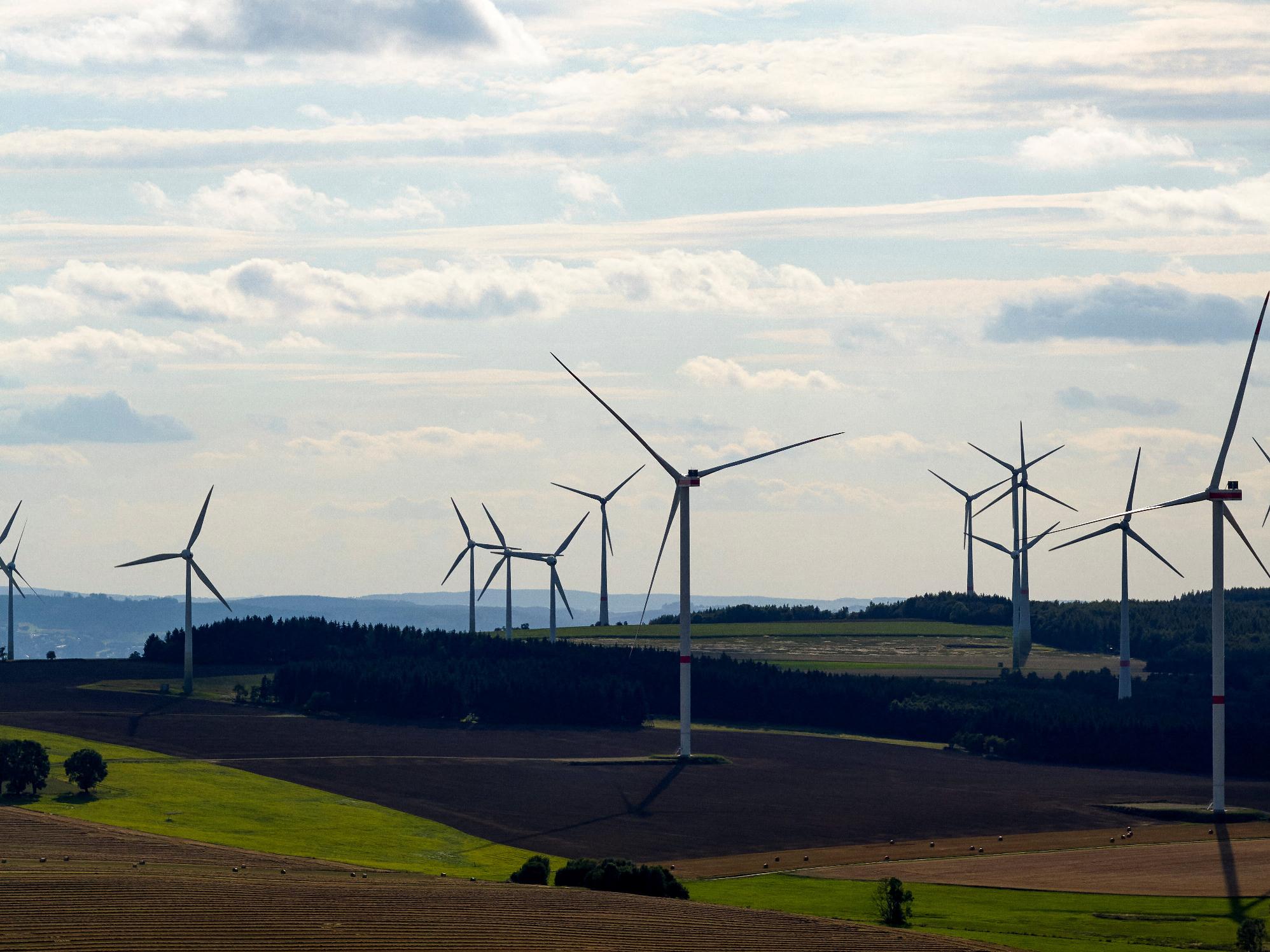
2024-09-19 15:40
ZiG has lost almost 80% of its value on the black market Central bank says it injected $64 million this month to address dollar demand Economists and traders concerned about lack of confidence in ZiG HARARE, Sept 19 (Reuters) - Five months after its launch, Zimbabwe's new currency is under pressure as increased grain imports eat away at foreign reserves, putting at risk the government's plan to make it the only currency in the market by 2026. The gold-backed ZiG, which stands for Zimbabwe Gold, is the country's sixth attempt at a stable currency in 15 years. It was introduced in April at a rate of 13.6 ZiG per U.S. dollar and has since lost almost 80% of its value on the black market. The country's central bank on Thursday said it had injected $64 million into the foreign exchange market this month to address dollar demand. "Over the past weeks, the Reserve Bank witnessed a build-up in pipeline demand for foreign currency at banks, reflecting transitory foreign currency supply and demand mismatches, thus, exerting undue pressure on the foreign exchange market," central bank governor John Mushayavanhu said in a statement. This was despite an injection of $50 million by the Reserve Bank in July, he said, adding that the bank would continue to intervene as needed to ensure the stability of the ZiG. Independent economist Prosper Chitambara said the devaluation pointed to a lack of confidence in the new currency, that locals have been reluctant to embrace. Persistence Gwanyanya, a member of the Reserve Bank of Zimbabwe's Monetary Policy Committee, told Reuters that although uptake had been slow, it was too soon to consider the new currency a failure. Gwanyanya said the government could increase use of the ZiG by charging more taxes in the local currency. "Government more than any other should show preference for its own currency and there is need for urgent intervention by injecting more foreign currency on the market," he said. But market traders are not convinced. "The ZiG has been getting weaker so it does not make business sense to transact with it. I do not have faith in the ZiG. We have been here before with the Zimdollar," Maynard Maketo, a street hawker selling candy and recharge cards said. According to Pricecheck, a website that tracks the exchange rate, the ZiG is trading between 20 ZiG and 26 ZiG to $1 on the black market and 13.9 ZiG to $1 on the official exchange. Carol Munjoma, a trader in downtown Harare who sells groceries, transacts exclusively in U.S dollars. "Where I buy these groceries, they do not accept ZiG. So to protect my business I charge in U.S dollars. The ZiG would have to be stable to be accepted here," the mother of two said. In July, central bank chief Mushayavanhu told Reuters that authorities would stick to promises to build trust in the new currency, a sentiment echoed by Gwanyanya. "It is too early to consider that this may be the death of the ZiG," said Gwanyanya. Sign up here. https://www.reuters.com/markets/currencies/zimbabwes-new-currency-faces-headwinds-five-months-2024-09-19/

2024-09-19 12:59
LONDON, Sept 19 (Reuters) - The U.S. Federal Reserve has joined a global easing cycle with a larger-than-anticipated half-point interest rate reduction. Seven of the 10 big developed-market central banks tracked by Reuters have now started easing policy. Japan is the outlier, as it starts to lift its rates from ultra-low levels. Here's where major rate-setters stand and what traders expect next. 1/ SWITZERLAND The Swiss National Bank, the first among Western peers to lower borrowing costs in March, cut rates again in June to 1.25%. It has signaled it intends to keep going. Money markets view another cut on Sept. 26 as certain, and are pricing almost 30% odds of a 50 basis point (bps) reduction, after Swiss annual inflation dropped to 1.1% in August. Outgoing SNB chair Thomas Jordan believes a stronger franc threatens exports. 2/ CANADA The Bank of Canada is expected to deliver a fourth consecutive cut in October. A 25 bps reduction is fully priced in and markets attach a roughly 60% chance of a bigger 50 bps cut. Annual inflation has slowed to 2% and the BoC has mused about price rises dropping below this target level after the economy slackened and strong population growth helped lift unemployment to 6.6%. 3/ SWEDEN Sweden's Riksbank, which started cutting rates in May after its successive hikes crushed inflation but weakened the economy, is tipped to lower borrowing costs by another 25 bps on Sept. 25. Swedish rates stand at 3.5% but annual inflation has steadied at below the Riksbank's 2% target. 4/ EURO ZONE The ECB cut rates again on Sept. 12 as the euro zone economy faltered and inflation slowed, providing scant clues on what it might do next. Investors expect roughly 40 bps of further easing by year-end and see about a 30% chance of another 25 bps cut in October. 5/ BRITAIN The Bank of England left its key rate unchanged at 5% on Thursday after cutting it in August from a 16-year high of 5.25%. Britain's services inflation remains sticky, meaning the BoE is expected to lower rates far more slowly than in the United States or the euro zone. Markets price in roughly 40 bps of rate cuts by year-end and see around a 65% chance of a quarter-point cut in November. 6/ UNITED STATES The Federal Reserve on Wednesday kicked off an easing cycle with a big 50 bps rate cut, the first reduction in over four years. Money markets now price in roughly 70 bps worth of further easing by year-end, suggesting traders think another big reduction is likely. 7/ NEW ZEALAND A convention for quarterly instead of monthly GDP and inflation data has baffled New Zealand's central bank and domestic market watchers. The Reserve Bank of New Zealand in August cut rates for the first time this cycle to 5.25%, a year earlier than its own projections had stated. Markets forecast another quarter point drop in October. 8/ NORWAY Norway's central bank remains in the hawkish camp. It left its policy rate unchanged at 4.50% on Thursday and said any cuts must wait until the first quarter of 2025, boosting the crown currency. Markets price in a roughly 70% chance of a move in December, meaning Norway's easing cycle will likely start well after those of its peers. 9/ AUSTRALIA Another in the hawkish camp is Australia. The Reserve Bank of Australia has held rates at 4.35% since last November and believes inflation is still sticky, although data suggests the economy is struggling. Markets do not expect any cuts until at least December. 10/ JAPAN Rising inflation prompted longtime outlier the Bank of Japan to nudge borrowing costs up to 0.25% in July, a move that wreaked havoc on global trades that were underpinned by its ultra-loose monetary policies. The yen has surged, Japanese stocks are flailing and the BoJ, now keen to protect domestic industry from further market ructions, is expected to hold rates steady on Friday and keep them below 0.5% until at least October 2025. Sign up here. https://www.reuters.com/markets/fed-finally-joins-global-rate-cutting-cycle-2024-09-19/
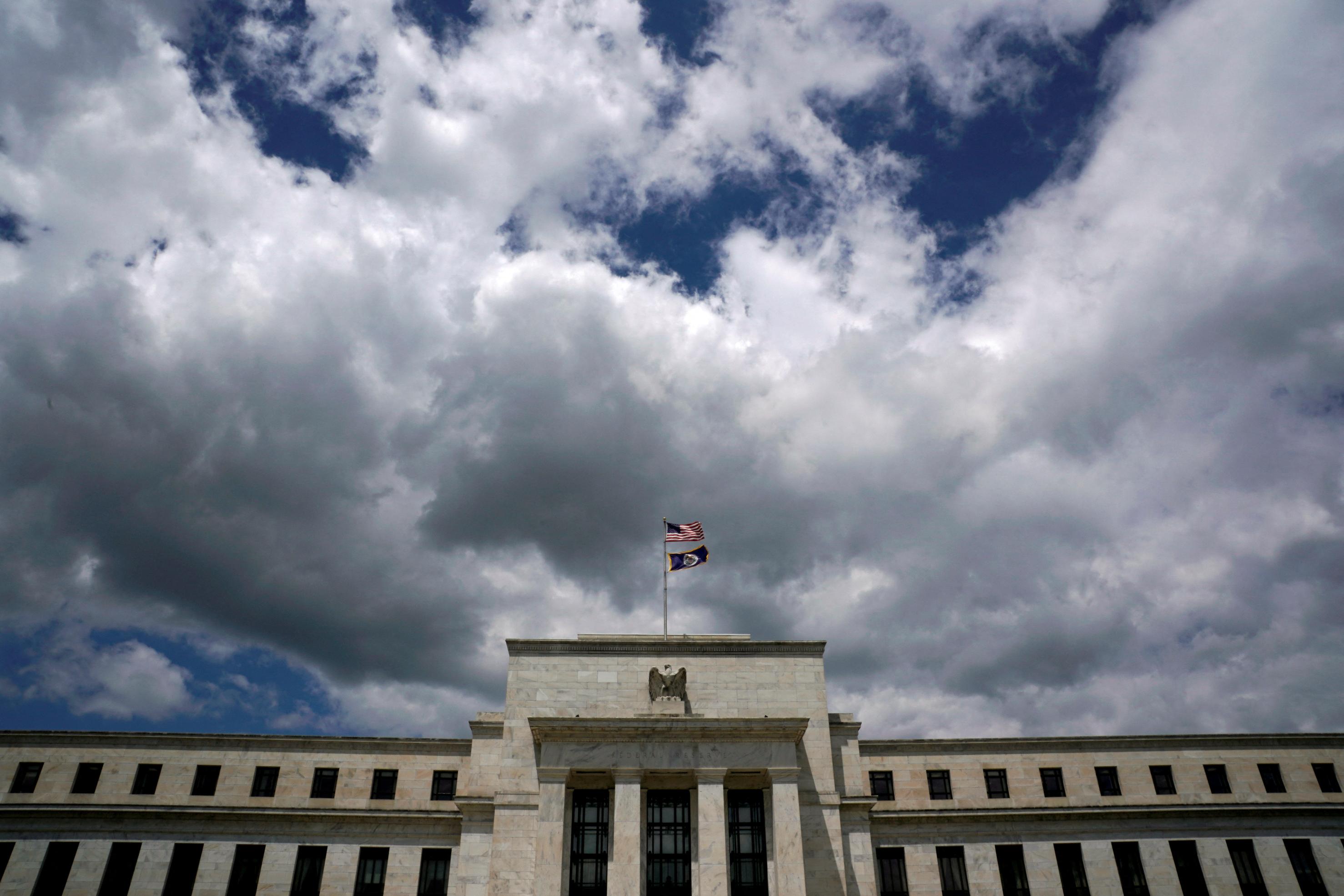
2024-09-19 12:52
Sept 19 (Reuters) - Traders on Thursday added to bets the U.S. Federal Reserve's next rate cut will be smaller than the one it delivered on Wednesday, after economic data showed an unexpected drop in unemployment insurance claims. Interest-rate futures contracts now price in about a 30% chance that the Fed, which cut rates by half a percentage point on Wednesday, will deliver a second cut of the same size in November. The market-based probability of a quarter-point rate cut in November is now about 70%, up from around 65% before the data. Sign up here. https://www.reuters.com/markets/rates-bonds/feds-next-rate-cut-will-be-smaller-traders-bet-2024-09-19/
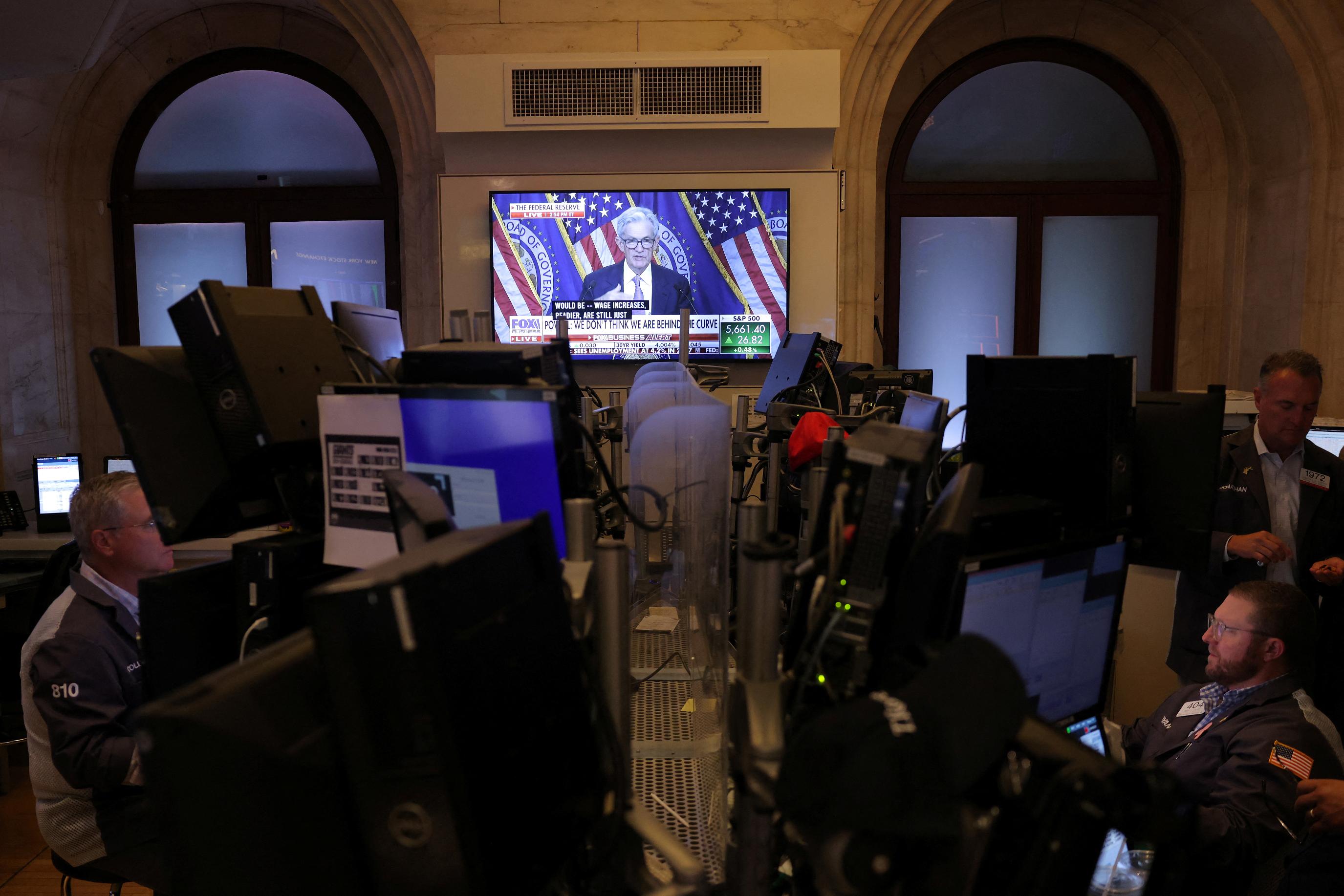
2024-09-19 12:49
BERLIN/FRANKFURT/LONDON, Sept 19 (Reuters) - Shell's (SHEL.L) , opens new tab planned sale of a stake in the Schwedt refinery in Germany is being delayed by pending lawsuits by third parties, two people familiar with the matter said, stalling a divestment the company has waited years for. The deal has been complicated by Berlin's stripping Schwedt's majority owner Rosneft (ROSN.MM) , opens new tab of its control, but not its shares, following the severing of energy ties between Germany and Moscow in 2022. Shell's planned sale of its 37.5% stake to Britain's Prax Group, was expected to close in the first half of 2024 "subject to partner rights and regulatory approvals", but completion is still pending. The sources said the agreement has a clause stating that if the deal isn't closed by mid-September the parties need to agree an extension or renegotiate. The delay stems in part from pending lawsuits, including an attempt by Rosneft to prevent the sale to Prax, one of the sources said, efforts that a German court this week said had little chance of success. While the stake's value was put at around 155 million to 190 million euros ($173-212 million) it was attributed a negative equity value of around 14 million euros, according to sources and deal documents reviewed by Reuters. Shell said it is continuing to work with Prax on finalising the sale. Prax Group said it would not make any further comment until the transaction was completed. Rosneft did not reply to a request for comment. Concerned about potential political repercussions, Berlin has so far shied away from expropriating Rosneft in Germany, something it can theoretically do under tightened energy security regulation. Shell has been wanting to get rid of its stake in the refinery, which supplies around 90% of Berlin's fuel, for years and initially hoped to sell it to Vienna-based group Alcmene in 2021, a deal that was preempted by Rosneft. A November ruling by the Berlin administration court that has given Alcmene, in theory, the green light to acquire Shell's stake in Schwedt has further complicated the process, the source said. ($1 = 0.8970 euros) Sign up here. https://www.reuters.com/business/energy/shell-faces-delay-german-refinery-stake-sale-sources-say-2024-09-19/
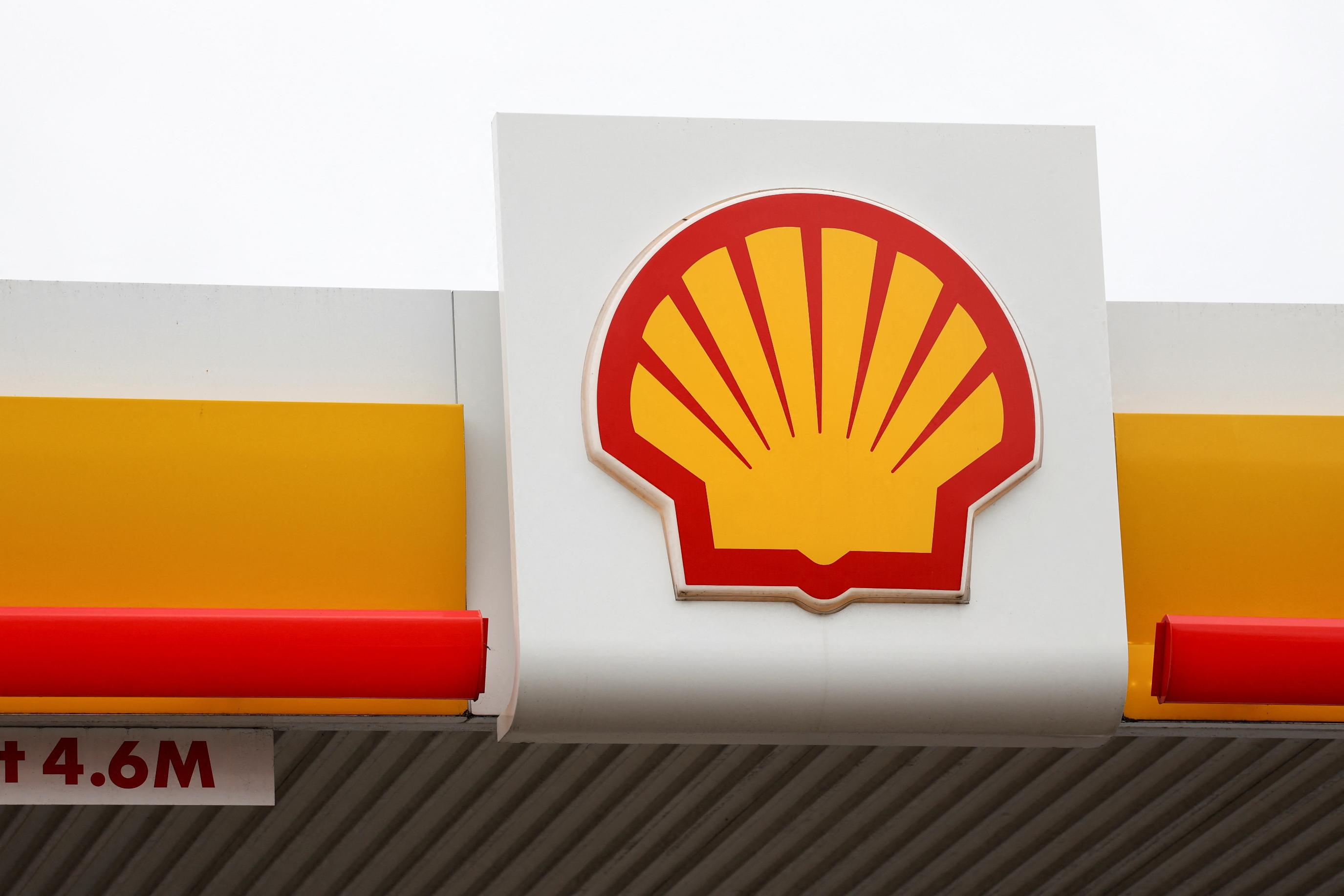
2024-09-19 12:45
Sept 19 (Reuters) - Food companies Ajinomoto (2802.T) , opens new tab and Danone (DANO.PA) , opens new tab unveiled on Thursday a partnership to reduce the dairy industry's greenhouse gas emissions. WHY IT MATTERS: Livestock is a major source of methane emissions , opens new tab, often from manure and the routine bodily functions of animals such as cows' belching, according to the United Nations Food and Agriculture Organization. Furthermore, leading global companies are keen to burnish their ESG (environmental, social and governance) credentials, in which steps taken by companies to protect the environment score highly. CONTEXT: The partnership between Ajinomoto and Danone to cut greenhouse gas emissions also comes after six of the world's largest dairy companies - including Danone - last year unveiled an alliance to cut methane emissions at the United Nations COP28 summit. BY THE NUMBERS: Danone and Ajinomoto said they would join up to use an Ajinomoto product called AjiPro®-L. This is used for a cow's digestive system and figures cited by the companies said it decreases nitrous oxide emissions from manure by approximately 25% and - if combined with a methane reduction additive - can amplify the effect of the methane reduction additive by approximately 30%. KEY QUOTE: "With partners like Ajinomoto Co., we are expanding our toolkit of solutions that we are bringing to our dairy farmers that have a dual effect - on the one hand reducing on farm GHG emissions whilst on the other, supporting farmers to improve their margin, and as a result, boost their resilience," said Danone's chief procurement officer Jean-Yves Krummenacher. Sign up here. https://www.reuters.com/sustainability/climate-energy/food-companies-ajinomoto-danone-launch-partnership-cut-dairy-industrys-co2-2024-09-19/
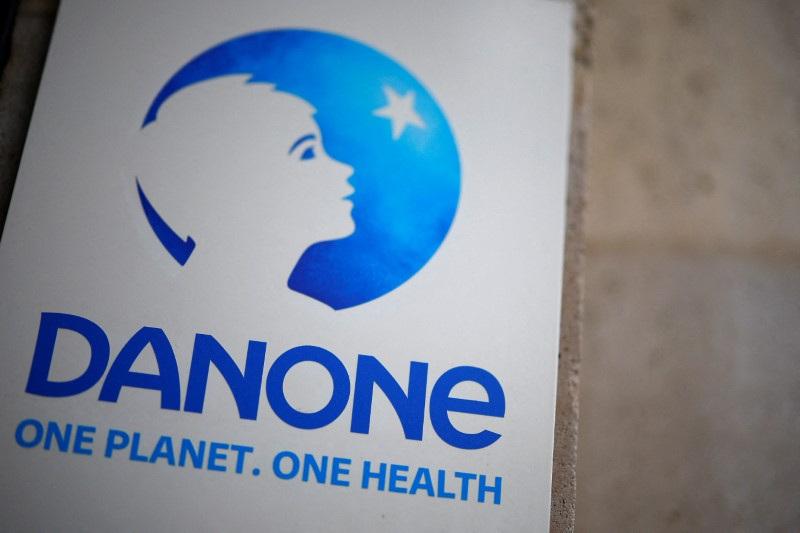
2024-09-19 12:41
FRANKFURT, Sept 19 (Reuters) - Germany's power grid battery capacity used to stabilise electricity networks has risen by nearly a third so far this year, official data showed on Thursday, reflecting efforts to help grids accommodate more renewable power. The Berlin government wants wind and solar power to account for 80% of electricity by 2030. Renewables contributed 60% to power production in the first half of 2024. The long-term goals require an increase in storage to help balance supply and demand on the system, and to reduce volatility in intraday power prices in the wholesale market. The government has no firm targets on what storage needs to be built. Companies with batteries can benefit by selling power when prices are high and filling their storage with power when prices are low or even negative. "We observe a strong, market-driven ramp-up in battery storage," said a German economy ministry spokesperson in reply to an enquiry by Reuters. The spokesperson cited measures taken to reduce fees and levies for the new infrastructure and speeding up approvals. A government-commissioned market register, which the spokesperson referred to, showed 1.8 gigawatt hours (GWh) of capacity were completed on Sept. 18, compared with 1.4 GWh on Jan. 1. A week ago, British power firm VPI, backed by energy trader Vitol, said it will invest up to 450 million euros ($502.07 million) over the next three to five years in battery projects mainly in Germany's windy North-East. The market register, compiled by the Aachen technical university, also listed a pipeline of 3.7 GWh of known projects from now up to September 2027. Utility RWE (RWEG.DE) , opens new tab is among the local players that are building and operating storage assets. By the end of 2024, RWE will launch capacity of 235 megawatt hours at the Hamm and Neurath power plant sites in North Rhine-Westphalia, among a raft of projects at home and abroad, a spokesperson said. ($1 = 0.8963 euros) Sign up here. https://www.reuters.com/business/energy/german-power-grid-battery-capacity-up-nearly-third-2024-data-shows-2024-09-19/
